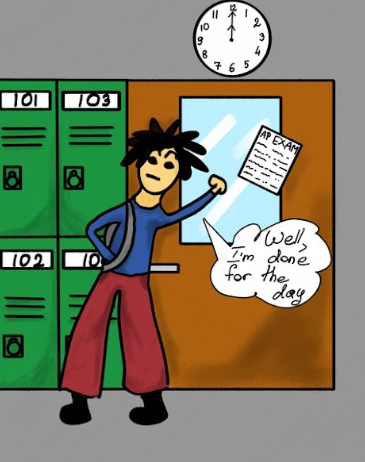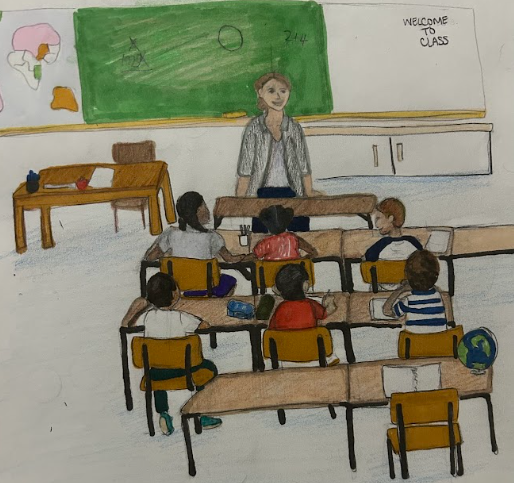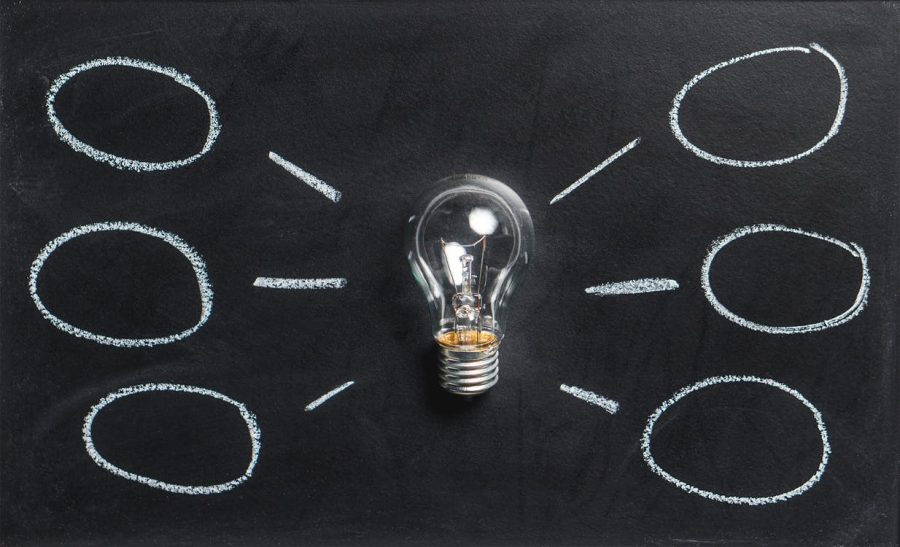Reforms That Should Be Made in American Education
Despite the large emphasis schooling has in American society, its education system is falling behind international counterparts. According to a 2018 FactsMaps (factsmaps.com) report entitled, “PISA Worldwide Ranking – Average Score of Math, Science and Reading,” when assessing 15-year-olds’ mathematics, science, and reading skills, the United States was ranked 31st of the 70 countries that participated. Top-performing countries included Singapore, Finland, Hong Kong, and Canada, all of which, though Finland especially, are praised for their renowned schooling systems and academic performances. Considering that America exceeds the global average for money invested into a single student, yet its scholastic performance is subpar, reforms should be made that mimic successful education practices in other countries. Thus, by noting strategies elsewhere, America can change the problematic and possibly even ineffective American education system in the following ways:
- Dedication to High Quality Teachers: In Finland, teachers must endure extensive training and earn a master’s degree before gaining autonomy in a classroom. In fact, it is easier to become a doctor or lawyer, as teaching programs are the most highly selective vocational schools in the country. While teaching is still respected in America, earning entrance into the occupation is far easier. Many states like New York require a teacher to earn a master’s degree within 5 years after signing their first teaching contract; however, other states merely require a teacher to earn a certificate of education. Teach for America, a nonprofit organization that allows people to teach underprivileged students throughout the United States, only requires one to have a bachelor’s degree before teaching. At the root of education are teachers. Ensuring teachers possess adequate knowledge of the information they teach through proper schooling is critical in a student’s learning. Thus, in Finland, teachers can be trusted to provide students with an array of information and implement effective teaching strategies to help them learn best.
- Inexpensive College: American colleges are notoriously expensive, many of which cost over $65,000 a year. Therefore, many students cannot go to college and instead opt for low-paying work since occupations that earn high salaries mostly require a bachelor’s degree. This starts a cycle of poverty for people who do not have the money to attend college. Junior Meghan Murphy stated, “In countries where college is cheaper, they have a higher graduation rate and more people can get high-paying jobs. Since tuition is so expensive here, it gives the poor a disadvantage and only further polarizes the wealth gap.” However, other countries like Finland engage in efforts to prevent this unfair system by making college free. In fact, in Denmark, students get paid to go to college, as their government provides students with a 900 dollars stipend per month. This allows students to have equal opportunities to obtain a high-paying job after college regardless of his/her economic upbringing.
- Less Competitive School Environments: American schools have developed a Darwinian ruthlessness in which comparisons among students drive them to attempt to achieve unrealistically perfect marks. This atmosphere only promotes stress and leaves struggling students behind. Murphy stated, “There is definitely a competitive environment at LHS. Students are always comparing their grades to see where they stand, and a lot of times, hearing that someone performed better makes them feel bad.” However, in Finland, students are not as concerned with their placement compared with their peers, as there is no class ranking system. Instead, when one student struggles, teachers take a one-on-one approach to help the student perform at the level of his/her peers. In fact, Finland has one of the smallest disparities between its strongest and weakest students. Thus, competitive environments in education lead to unhealthy comparisons amongst students that only polarizes gaps in performance rather than promoting equity so students can achieve similar marks.
- Start School Later: According to a 2015 Smithsonian magazine article (smithsonianmag.com) entitled, “Sleep Scientists Say School Days Should Start Later,” high school should start at 10:00 am to optimize students’ learning abilities. However, American schools start much earlier, with LHS starting two and a half hours before this recommended time. Finnish schools start anytime after 9:00, just an hour before scientists’ encouraged start time, which helps promote efficient learning. Junior Lia Cohen stated, “Scandinavian countries start later, which allows students to get better grades. It is unrealistic for teenagers to go to bed at 10:00 pm due to balancing extracurriculars with homework, so making them wake up so early is unhealthy and leaves them sleep deprived.”
- Provide Specialized Opportunities: In American education, students often learn information, or even major in a field, that becomes irrelevant to their future occupation. In Finland, students are given more options that aid their strengths. Rather than attend college, students can choose to have a vocational education, a three-year program that trains them for their desired career. This system allows students to specialize in a field that highlights their assets earlier, where students can learn about the occupation they want to pursue, rather than learn information deemed important that will have few applications in their daily life.
- Think in the Best Interest of Learning: While the U.S. is aware of its imperfect education system, lawmakers fail to act to mitigate the problem. Junior Ethan Renz stated, “Education in this country is corrupt; it is practically a big business! Lobbyists in Congress keep politicians in check, allowing for little to no change in the United States’ education system.” Considering the United States Secretary of Education Betsy DeVos has more of a political background than an educational one, the government is not concerned with bettering students’ education, but instead looking to reap economic and political benefits. However, in Finland, government representatives of education are educators, not politicians, which allows decisions to be made for the best interest in learning, rather than profits.
- Standardized Tests: Standardized tests have been an avenue for colleges to assess an applicant’s abilities before granting him/her admission in the U.S. for decades. However, many condemn this practice since it places too much emphasis on one’s test taking abilities and favors students who can pay for tutoring. Even the tests themselves are expensive, which can prevent students from lower-income homes from taking the exams multiple times and optimizing their score. The SAT costs $52.50, while one AP exam costs $94.00, and most students take multiple AP exams and take the SAT more than once. Renz stated, “Big companies such as the College Board make millions a year off of standardized tests, keeping their wallets full, which is the only thing they care about.” Additionally, students taking subject-based standardized tests tend to cram information rather than actually learn it. Many colleges have become test-optional due to this unjust method at examining applicants; though, most colleges still factor a student’s marks on standardized tests to determine his/her admission. However, other countries, like Finland, have only one standardized exam at the end of students’ senior year, and they still perform better on average compared with American students. Thus, standardized tests are discriminatory against lower-income families and are not necessary to evaluate one’s intelligence.
- Commit to Equity: Much of America’s low placement in the PISA ranking is attributed to many students scoring below basic levels. That is not to say that many Americans lack intelligence, but rather quality education is unfairly distributed to wealthy regions, leaving lower-income communities with poorer resources and staff. However, Finland makes efforts to promote equity in education throughout the country, so no one is at a disadvantage based on where he/she lives. This is accomplished through equitable funding, which ensures that adequate resources and money are distributed amongst schools and high-quality teachers are present at each school who can aid students who are disadvantaged.
The American education system is failing compared with its global counterparts due to its corrupt, competitive environment that favors students from wealthy backgrounds. Thus, America must implement reforms to achieve high academic performance regardless of one’s economic background and promote effective, efficient learning. Perhaps America can learn from Finland’s strategies because, ultimately, proper education is what produces valuable workers and respectful citizens for the future.
















![Key Club members pose for a photo with Club Advisor Dr. Tieniber [far right] at Stonebridge Country Club. Photo Courtesy of @lhstieiber Instagram page.](https://lhshorizon.com/wp-content/uploads/2024/10/tempFileForShare_20241014-162748.jpg)




















